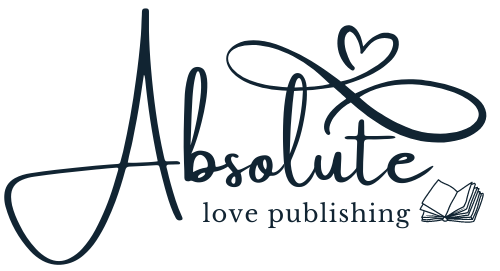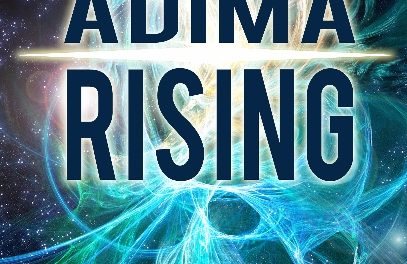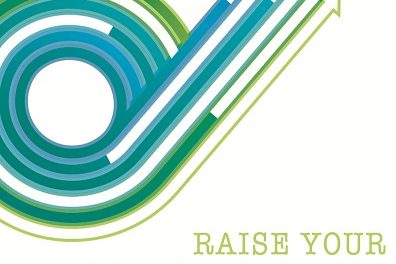Author Guest Post for Unleashing Readers by Steve Schatz, Author of “Adima Rising” and “Adima Returning” in The Adima Chronicles
A good book serves as a stepping stone to further explorations. Before I wrote The Adima Chronicles, I spent many years teaching teachers how to use writing and technology to support their students’ learning across the curriculum. Here are two of my favorite activities:
- Creation and Origin Myths
A powerful way to use stories to encourage writing is to use them as a springboard for other activities. After reading how the rhino got its wrinkled skin or how the leopard got its spots in Kipling’s “Just So Stories,” for example, most students are primed to imagine just about anything. From these imaginations, they can make up their own stories about how something came to be like it is. This writing activity also can be extended by adding illustrations and using the internet and resource books to discover the evolution of the animals the students have written about.
This basic idea also can be easily adapted for older grades. For example, my first book in The Adima Chronicles, “Adima Rising,” creates a parallel world. The rules of this world, and the interaction between the world of light and our usual world, are a crucial part of the story. Older students can use this idea as a springboard for world building by creating their own worlds, including that world’s people, creatures, actions, and natural rules. Teachers can further expand this exploration through science—if a being can jump across a ravine, how strong would it have to be or how weak would gravity have to be?
2. Research
Books also can serve as stepping stones to understanding other cultures and beliefs. In “Adima Rising,” there are many references to Rory’s anthropologist father and past cultures in the Americas. This is a rich starting point for an exploration into the advanced technologies of ancient cultures. In the forthcoming second book, “Adima Returning,” there is a great deal of information about Kachinas. Teachers could use these books as stepping stones to historical research.
Areas to consider:
- Differences between Kachina dolls, Kachina dancers, and Kachinas.
- History of Pueblo Bonito.
- Artists of the Southwest.
- The decimation and near extinction of buffalo herds.
- Anthropological finds in Peru.
- Advanced cultures in South America.
- Religious practices of different cultures.
Together, these activities foster creative thinking and independent learning—two skills children and teens need for academic success.
Happy reading and writing! Additional lesson plans and suggestions for research are available on www.AdimaRising.com. Want to purchase Adima Rising? Visit www.AbsoluteLovePublishing.com. Steve Schatz can be reached at [email protected] and www.AdimaRising.com.
Thank you Kellee and Ricki from Unleashing Readers!




